Moving to a new city means navigating unfamiliar terrain. While crime rates are at historic lows across America, newcomers remain vulnerable because they lack what locals develop over years. The ability to instantly recognize trouble brewing.
That sixth sense isn’t magic—it’s a learnable skill based on pattern recognition and behavioral science. Locals aren’t necessarily tougher or street-smart; they’ve simply built mental databases that flag potential dangers automatically.
You don’t need years to develop this awareness. With the right frameworks and focused practice, you can compress this learning curve from years to weeks—and move through your new city with confidence.
What the Crime Stats Actually Mean for Your Safety
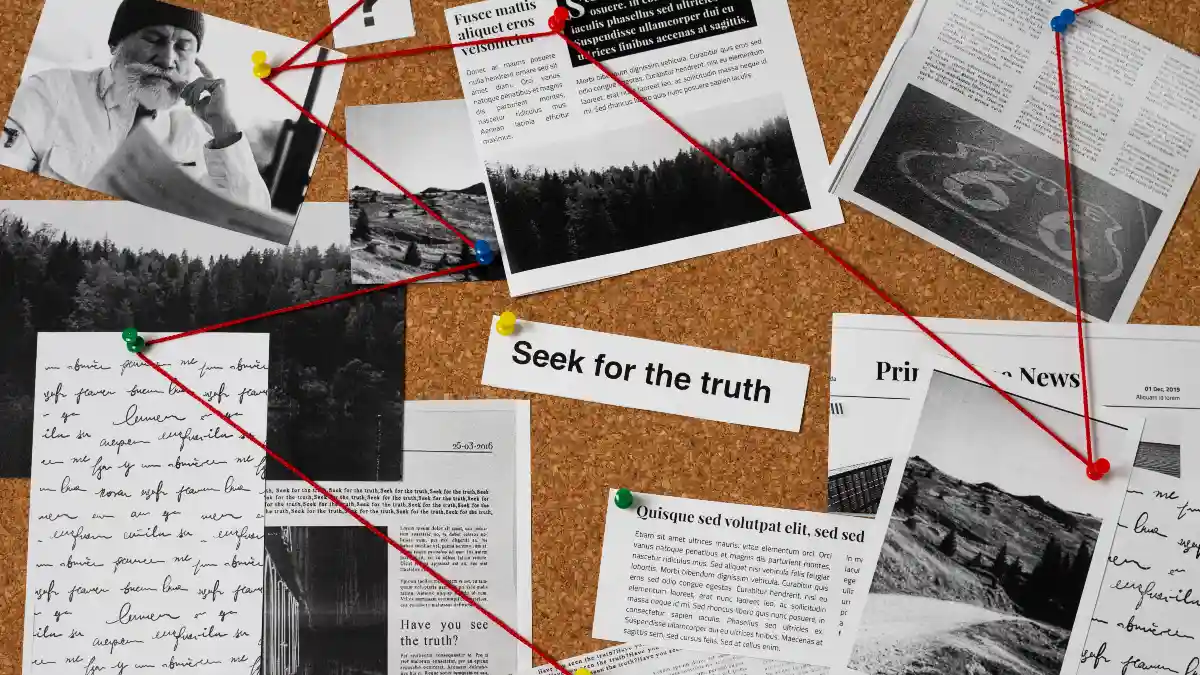
Cities are safer now than they’ve been in generations. According to FBI data, 2024 recorded the lowest violent and property crime rates since 1969. Murder rates dropped 14.9% nationally, with cities like Denver and Chattanooga seeing 40%+ declines.
Yet statistics only tell part of the story. Your actual risk depends far more on where you are in a city than which city you’re in. Crime varies up to 68 times between neighborhoods in the same city.
In New York, your risk of being murdered in parts of the Bronx is four times higher than in most of Queens. This neighborhood effect matters more than city-wide averages.
When you look at specific places, the picture gets clearer:
- The most dangerous areas in “safe” cities are riskier than average areas in “dangerous” cities
- Most violent crime happens within a few blocks of certain hotspots
- Your daily murder risk in NYC? About 1.3 in 10 million
- Property crime follows different patterns than violent crime
Time of day, location, and your activities matter more than city reputation. A quiet street in Chicago at 3 PM likely feels safer than a deserted alley in a small town at midnight – and the stats back this up.
Getting Around Safely
Worried about public transit? The data might surprise you. Taking public transportation is 20-60 times safer than driving, according to transportation studies.
In New York’s subway system, which moves millions of people daily, there are about 5.8 major crimes reported each day across the entire network. That said, not all transit is equal.
Bus stops after midnight have different risk profiles than rush-hour subway platforms.
The Recovery Story
Most cities have bounced back from the 2020-2021 crime spike that occurred during the pandemic. By 2025, many urban centers have not only recovered but improved beyond pre-pandemic levels.
The Council on Criminal Justice’s analysis of 42 major cities shows violent crime down 4.5% and property crime down 8.1% compared to 2023. Motor vehicle theft, which surged during the pandemic, dropped 18.6% in 2024 after cities implemented targeted prevention strategies.
What This Means for You
Raw statistics don’t protect individuals – awareness does. Here’s what matters for your personal safety:
- Research your specific neighborhood using city crime dashboards (most major cities provide precinct-level data online)
- Look at crime by time of day in areas you’ll frequent
- Focus on the specific risks relevant to your routine
- Don’t get false comfort from city-wide averages
- Don’t get unnecessary fear from isolated incidents
Locals develop pattern recognition that helps them avoid high-risk situations automatically. You can build this same skill faster than you think.
How Locals “Just Know” When Something’s Off

Have you ever watched a city veteran subtly cross the street before passing someone, while you didn’t notice anything unusual? That’s not luck or paranoia – it’s trained awareness.
Locals don’t consciously analyze every person and situation. They’ve developed automatic threat detection through three mental frameworks working together:
The Color Codes of Awareness
Lt. Col. Jeff Cooper created a simple system that explains how locals stay safe without stress:
Condition White: Completely unaware – like texting while walking or wearing headphones with your head down. You’ll only find locals in White when they’re home with doors locked. In public, this makes you a prime target.
Condition Yellow: Relaxed alertness – this is the local’s default state. You’re not tense or paranoid, just paying attention to your surroundings. You notice who enters a space, track unusual movements, and stay present.
A Chicago local describes it: “I’m not stressed walking downtown. I’m just aware – like background music that’s always playing.”
Condition Orange: Focused attention on a specific concern. Something triggered your awareness – someone following you, unusual behavior nearby, or environmental warning signs. You’re developing options while maintaining broader awareness.
Condition Red: Immediate threat identified; mentally prepared to act.
As Cooper said, “The most important weapon you own is your mind.”
The OODA Loop: How Locals Process Threats
Created by military strategist John Boyd, the OODA Loop explains how locals make quick safety decisions:
- Observe: Use all your senses. Notice details about people, sounds, and spaces.
- Orient: Put observations in context. Is that person’s behavior normal for this time and place?
- Decide: Choose your response based on analysis.
- Act: Execute your decision without hesitation.
This process happens continuously. While you’re still noticing something unusual, a local has already cycled through the entire loop and taken action.
“I make dozens of tiny safety decisions every day without thinking about it. When I visit my parents in the suburbs, they’re amazed at how quickly I notice potential issues.”
Recognition-Primed Decision Making: The Expert’s Secret
Psychologist Dr. Gary Klein studied how firefighters make life-or-death decisions in seconds. He found they don’t compare options – they recognize patterns from experience.
Here’s how it works:
- You see a situation that matches something in your mental library
- You automatically know the appropriate action
- You mentally test it quickly
- You act decisively
Locals have built mental libraries of thousands of situation-action pairs through years of exposure. The good news? You can accelerate this process through deliberate training and attention.
Building Your Baseline
The most powerful tool in a local’s arsenal is knowing what “normal” looks like for each neighborhood. When something breaks that pattern, their attention immediately shifts.
“I know what my block should sound like at 2 PM on Tuesday versus 10 PM on Saturday. When something’s off, I notice right away.”
You can build baselines faster than you think:
- Observe systematically on first visits
- Note patterns by time of day
- Return at different times to understand variation
- Ask locals about normal vs. unusual activity
Within 2-3 weeks of focused attention, you’ll start recognizing anomalies automatically.
Putting It All Together
These systems work in harmony. You stay in Condition Yellow (relaxed awareness) while running continuous OODA Loops.
When you spot something that doesn’t match your baseline, you shift to Condition Orange and focus your OODA Loop on the specific concern.
With practice, this process becomes as natural as breathing. You won’t feel paranoid or exhausted – you’ll simply notice things others miss.
7 Warning Signs That Danger Is Building
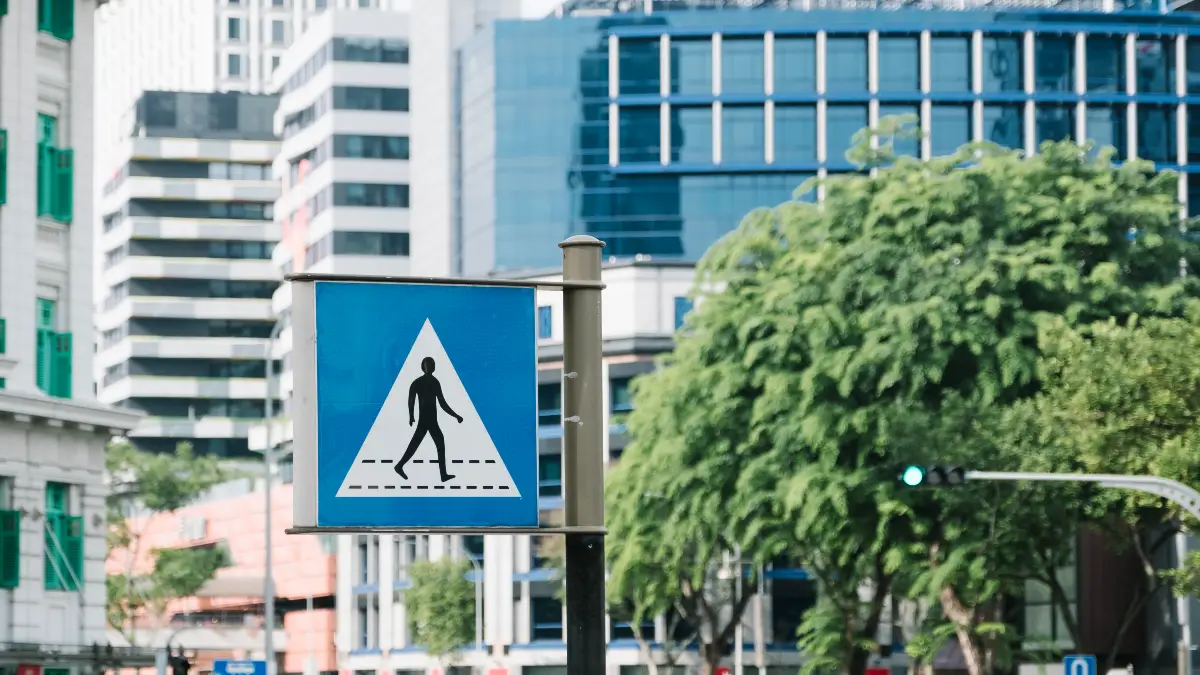
Before violence or crime happens, there are almost always warning signals. Gavin de Becker, leading threat assessment expert and author of “The Gift of Fear,” identified seven pre-incident indicators that show up consistently before attacks.
Locals spot these warning signs instantly. Here’s how you can too:
1. Forced Teaming

Someone creates a fake “we” connection with statements like “We should go inside to discuss this” or “We’re both stuck here, so let’s share a ride.”
It manufactures a false connection to lower your guard.
A woman at a bus stop is approached by a stranger who says, “Looks like we’re both going to be late with this bus delay. We should split an Uber.”
They immediately reject the “we” framing from strangers. A firm “No thanks, I’ll wait” ends the interaction.
2. Charm and Niceness

Excessive friendliness, too many compliments, or helpfulness that feels slightly off.
Predators use charm as a tool, not an expression of genuine care.
A stranger is overly concerned about helping you with your luggage or giving directions with excessive detail and friendliness.
They stay politely skeptical of unexpected charm from strangers, especially when there’s a request attached.
3. Too Many Details

Someone explains why they need your help with an unnecessarily complex story full of details.
Liars add excessive details to sound credible. Truth doesn’t need embellishment.
“My phone died and I need to call my sister because she’s waiting for me at the restaurant on 7th Street, the one with the blue awning, because my car broke down earlier when I was coming from my doctor’s appointment…”
They notice when explanations are unnecessarily complex and don’t get pulled into the story.
4. Typecasting

A mild insult to get you to prove them wrong, “You’re probably too busy to help someone like me” or “You look like you’d be afraid to…”
It plays on your desire to seem kind or brave.
“You look too stuck-up to give someone directions.”
They recognize the manipulation and don’t engage to “prove” anything.
5. Loan Sharking

Offering unwanted help to make you feel obligated: “Let me help you with those bags” when you didn’t ask.
It creates a sense of debt they’ll try to collect.
Someone helps you load groceries into your car then asks for a ride or money.
They politely refuse unsolicited assistance with a firm “No thanks, I’ve got it.”
6. The Unsolicited Promise

“I promise I won’t hurt you” or “I’ll just borrow your phone for one quick call, I promise.”
De Becker calls this the most reliable warning sign. People who are trustworthy don’t need to make explicit promises about it.
“Just let me in for a minute to use your bathroom. I promise I’ll leave right after.”
They leave immediately when someone promises safety unprompted.
7. Discounting “No”

Refusing to accept your refusal: “Come on, just one drink” after you’ve declined.
Why it’s dangerous: Someone who ignores small boundaries will ignore bigger ones.
“‘No’ is a word that must never be negotiated, because the person who chooses not to hear it is trying to control you.”
You say you’re not interested in talking, they continue the conversation as if you hadn’t spoken.
They escalate their response when “no” is ignored, either by leaving the situation or getting louder and more direct.
Breaking Social Conditioning
Many people (especially women) are socialized to be polite, avoid making scenes, and give strangers the benefit of the doubt. Security experts universally recommend prioritizing safety over social norms.
Your safety matters more than someone’s feelings. Being “rude” is better than becoming a victim. Predators count on social conditioning – don’t give them that advantage.
How to Walk and Position Yourself to Avoid Trouble
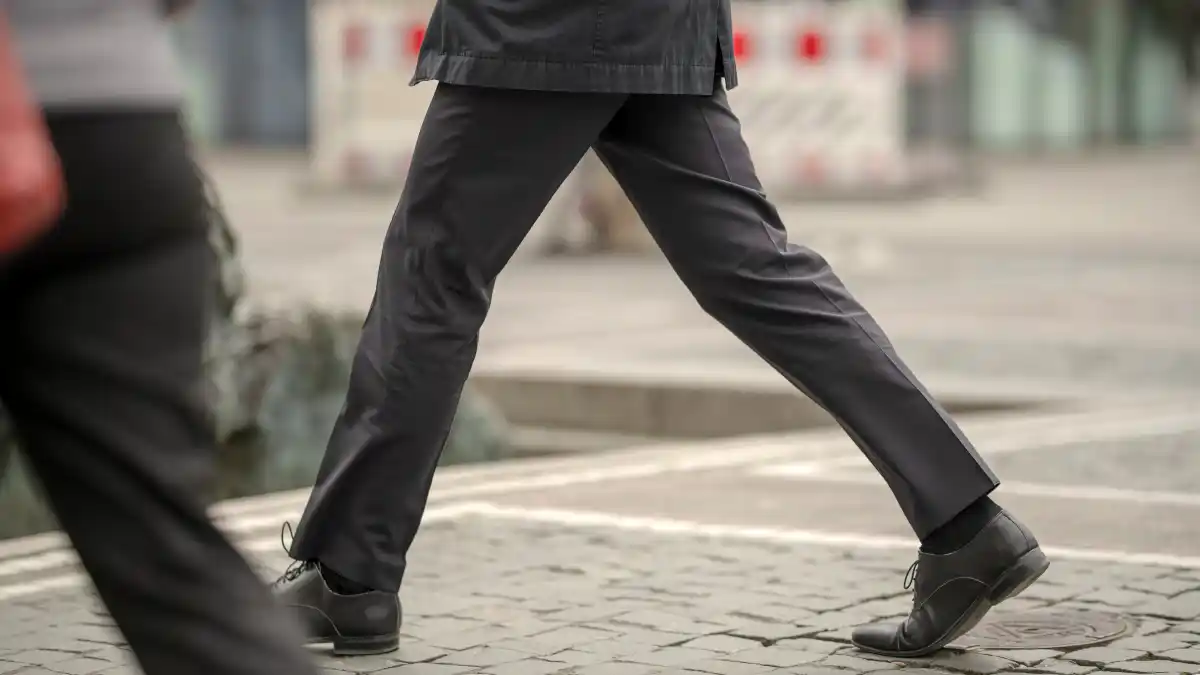
How you move through urban spaces signals whether you’re an easy target or someone best left alone. Criminals look for specific body language that broadcasts vulnerability.
Walking Like You Know Where You’re Going
Walk with purpose and confidence. Head up, shoulders back, steady pace. Research shows that predators can identify vulnerable targets from body language alone.
A University of Chicago study found that criminals could pick out tourists from locals with 90% accuracy just by watching them walk for a few seconds. Face traffic when walking on sidewalks.
This prevents surprise approaches from behind and makes car grab attempts nearly impossible. Keep hands free, not in pockets or overloaded with bags. You need them available for balance and response.
Put your phone away while walking. A Chicago police officer notes. “The number one thing that makes someone a target is walking with their head down, staring at their phone.”
Cross the street if someone suspicious is ahead. Locals do this automatically – it’s not paranoid, it’s preventive. Enter a busy store if you feel followed. Coffee shops, pharmacies, and grocery stores make good temporary havens.
Strategic Positioning in Public Spaces
Keep solid walls behind you when possible. In restaurants, choose seats facing the door with your back to a wall.
Maintain distance from potential threats. Security experts recommend a minimum of 4 feet – the average person’s strike range. Stay near exits in restaurants, venues, and transit. Always know your escape routes.
Position yourself where you can see entry points. Locals instinctively choose seats with good sightlines. In elevators, stand near the control panel. This gives you access to emergency buttons and prevents being trapped in the back.
Transit-Specific Rules That Keep Locals Safe
A Chicago commuter who rides the Red Line 100 miles weekly shared these rules that went viral:
- “No eye contact, ever” – Most violated rule by newcomers
- First car only – “If I get in trouble, the operator’s getting in it with me”
- “If it looks sketchy, it is sketchy” – Trust your instincts immediately
- Someone smoking/playing loud music? Keep quiet – “You’re just trying to get home”
- Empty train cars are empty for a reason – Avoid them
Additional transit tactics:
- Stand away from the platform edge
- Keep headphones at low volume or one ear free
- Sit near the conductor when possible
- Have phone ready for emergency calls (not distracted browsing)
Body Language That Speaks Volumes
Eye contact norms vary by city. In most Western cities, brief acknowledgment is normal, while prolonged eye contact can signal aggression. In many Asian cities, direct eye contact is avoided entirely.
Hand position matters. Security experts recommend keeping hands visible but not in pockets, where they’re trapped if needed.
How you carry bags affects safety. Cross-body bags are harder to grab. Backpacks make you vulnerable from behind.
A security consultant explains, “It’s not about looking tough. It’s about looking aware. Criminals want easy targets who won’t notice until it’s too late.”
Practice these behaviors until they become automatic. Within weeks, you’ll move through urban spaces with the natural confidence that tells potential threats: this person notices everything.
Where and When Danger Is Most Likely to Strike
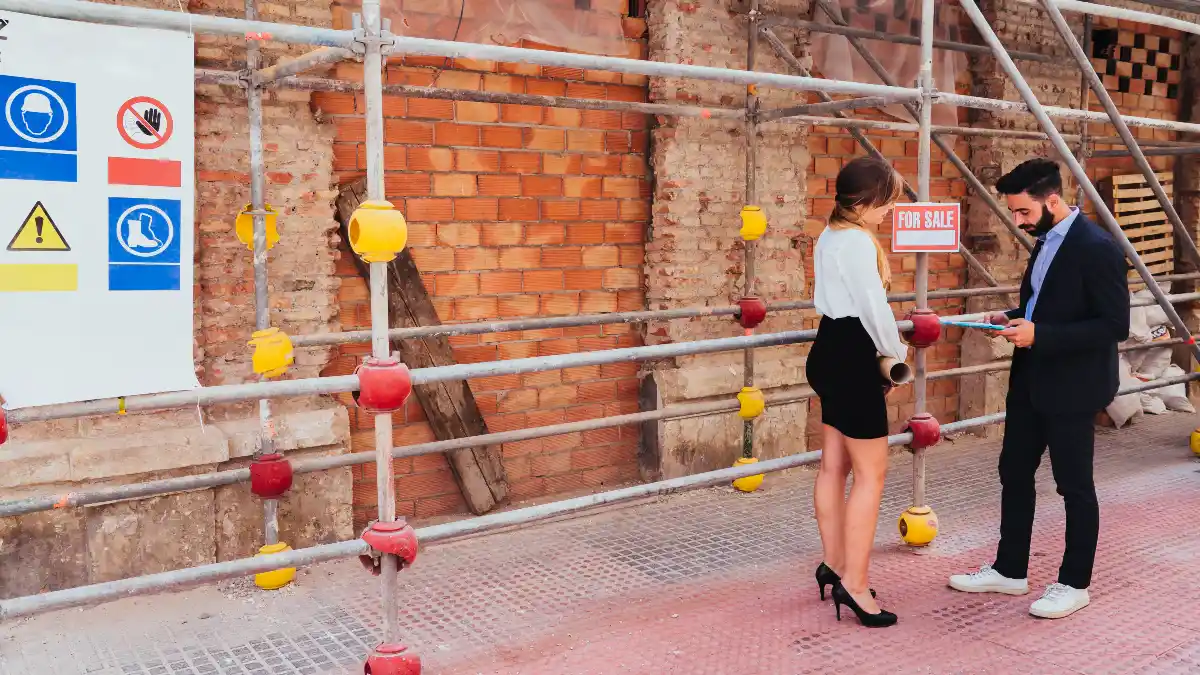
Not all urban spaces carry equal risk. Experienced city dwellers know which locations require heightened awareness and when to be extra alert.
Parking Lots and Garages: The Hidden Danger Zones
Despite seeming mundane, parking areas are surprisingly risky. FBI data shows 20% of all auto thefts, 24% of carjackings, and 7.3% of violent crimes occur in these transitional spaces.
The most dangerous spots:
- Dark stairwells with limited visibility
- Areas behind structural columns (provide cover for attackers)
- Spaces between vans/trucks with tinted windows
- Early morning arrivals and late evening departures
What locals do:
- Park under lights near main aisles
- Back into spaces for quick exit
- Avoid parking next to vans or vehicles with tinted windows
- Have keys ready before approaching car
- Check backseat and underneath before entering
- Lock doors IMMEDIATELY after entering (before starting car)
- Stand facing outward when loading items
The 3 seconds it takes to check your backseat before entering could save your life.
ATMs The Modern Mugging Spot
ATMs combine cash, distraction, and isolation – perfect conditions for crime. Beyond traditional robbery, sophisticated fraud has exploded.
The FBI and Secret Service report Romanian organized crime crews are particularly active in ATM skimming, with hundreds of millions in losses.
How skimming works:
- Deep-insert devices inside card readers (invisible from exterior)
- Pinhole cameras record your PIN
- Bluetooth transmitters send your data instantly
What locals do:
- Use ATMs inside banks during business hours when possible
- Inspect card slot for loose edges or unusual components
- Cover keypad completely when entering PIN (cameras can be anywhere)
- Look for pinhole cameras above the screen or in brochure holders
- Gently tug on card reader before inserting
- Use contactless payment instead when possible
Carjacking Hotspots
Carjackings increased during the pandemic and remain elevated in some cities. The highest risk locations:
- Driveways/gates (50% of incidents)
- Traffic lights/stop signs
- Gas stations
- ATMs
- Drive-thrus
Common tactics to recognize:
- The Bump: Someone taps your rear bumper; when you get out to check, they steal your car
- The “Good Samaritan”: Staged accident or injury; when you stop to help, accomplices approach
- The Block: Vehicle ahead stops suddenly; someone approaches from behind
What locals do:
- Leave space at lights to maneuver (see the rear tires of car ahead)
- Keep doors locked, windows up always
- Don’t stop for disabled vehicles—call 911 instead
- If bumped in isolated area, motion to follow to police/public area
- If confronted: Give up keys immediately, don’t resist
- Note: Security experts warn, “Never agree to be kidnapped”—drop keys and run
Transitional Spaces Deserve Extra Caution
Areas between destinations often have the highest risk:
- Building entrances
- Stairwells
- Elevators
- Alleys
- Hotel corridors
Why they’re dangerous:
- Limited escape routes
- Fewer witnesses
- Attackers can control the environment
- Less surveillance coverage
What locals do:
- Automatically increase alertness in these spaces
- Trust gut feelings about entering elevators with certain individuals
- Take stairs in groups, not alone
- Have keys/phone ready before reaching your door
Time-Based Risk Patterns
Crime follows predictable time patterns:
- Late night/early morning: Fewer witnesses, more isolation
- Rush hours: Distraction and crowding create pickpocket opportunities
- Weekends: Different patterns than weekdays in commercial areas
Each neighborhood has its own temporal rhythms. In Chicago’s Loop, weekday lunch hour is bustling and safe, but weekends can be eerily empty in the same location.
Security cameras show most muggings happen when:
- Victims are distracted (on phone, searching for keys)
- Areas are transitioning between busy and quiet periods
- Weather creates limited visibility (heavy rain, fog)
Learning these patterns takes time, but you can accelerate by asking locals and observing carefully.
Scams That Target People Who Just Moved to Town
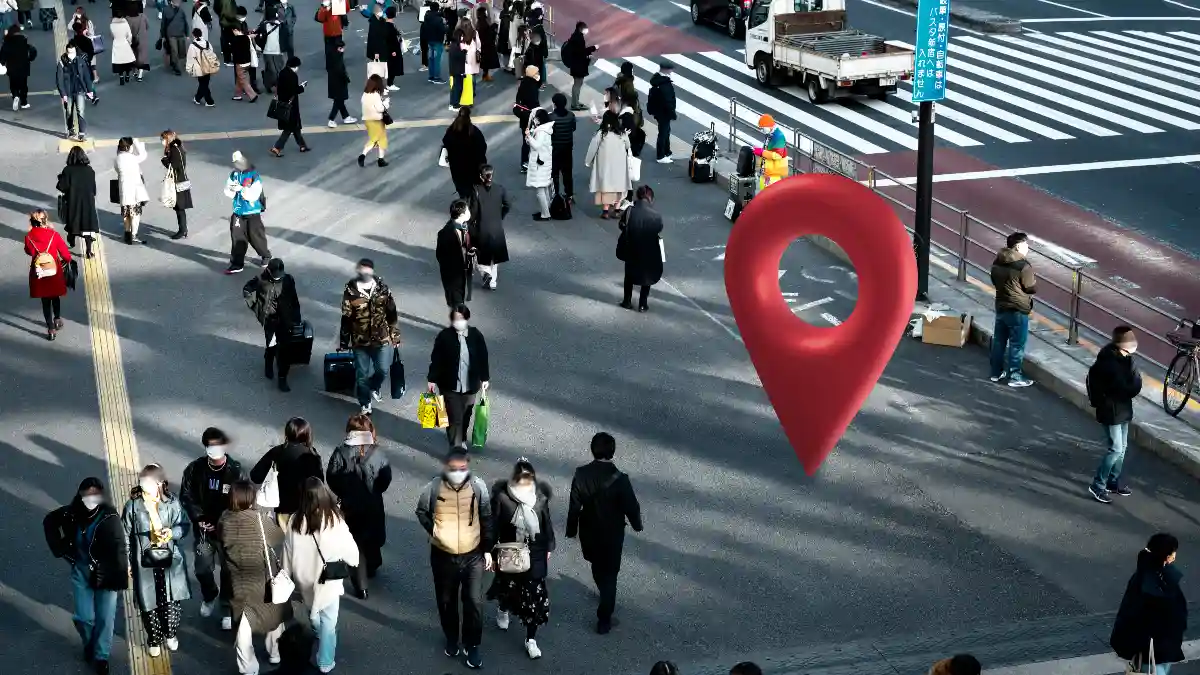
Newcomers face unique vulnerability to fraud because they lack local knowledge and often need services quickly. These scams specifically target recent arrivals.
Rental Scams (45% Increase Since 2023)
Scammers steal legitimate rental listings and replace contact information, or create fake listings for properties not actually available. They pressure victims to pay before viewing.
The FTC reports the most common lure is pricing below market rate, which hooks 55% of victims.
Red flags to spot:
- “Landlord” claims to be out of town/country
- Demands payment via wire transfer, gift cards, cryptocurrency, or cash apps
- Requests payment before in-person viewing
- Won’t provide verifiable identification
- Claims property has multiple interested parties to create urgency
What to do instead:
- Search property address + owner name online
- Check county tax assessment websites to verify actual owner
- Never pay until physically touring property
- Verify listing on actual rental company website
- Demand in-person meeting with ID verification
- In NYC: Verify broker license; application fees capped at $20 by law
I almost lost $2,000 on a deposit for an apartment that didn’t exist. The photos looked perfect, but the price was suspiciously low. When they refused to meet in person, I knew something was wrong.
Task Scams / Fake Employment
Job scam reports have quadrupled in 2024, according to the FTC. Total losses jumped from $90 million in 2020 to $501 million in 2024.
How they work:
- Contact via WhatsApp/text about easy online work
- Promise big money for simple tasks like “optimizing products”
- Pay small amounts at first to build trust
- Eventually require you to “invest” your own money
- Account shows negative balance; told to deposit more to unlock funds
What to do instead:
- Ignore all unsolicited job texts/messages
- Never pay to get paid
- Verify company independently through official websites
- Research on BBB.org and city job forums
I was desperate for work after moving. They paid me $150 for easy tasks, then asked me to ‘process a refund’ by sending $500. When I refused, they threatened me.
Street Confidence Scams
Cities have their signature street scams that locals spot immediately:
- Petition scam: Someone asks you to sign a petition, then demands a donation; may pickpocket while you’re distracted
- Found ring/gold: Someone “finds” jewelry near you, offers to sell it cheap (always worthless)
- Three-card monte: Street games near tourist areas (always rigged)
- Bump and rob: Someone bumps into you apologizing while an accomplice pickpockets
- Fake charity workers: Clipboard collectors for non-existent causes
What locals do:
- Never stop for street solicitors
- Keep walking with purpose and confidence
- Keep hands on wallet/purse in crowded areas
- Avoid eye contact with aggressive panhandlers
Impersonation Scams ($2.95 Billion Lost in 2024)
The FTC reports impersonation scams reached record levels in 2024, with government and business imposters leading the way.
Common types:
- Government imposters: IRS, Social Security, Medicare, FBI claiming fraud/threatening arrest
- Business imposters: Amazon, Microsoft, Apple, banks claiming “suspicious activity”
- Family emergency scams: “Grandchild” in trouble needs bail money
Critical red flags:
- ANY request to “move money to protect it”
- Payment via gift cards, wire transfer, cryptocurrency
- Pressure to act immediately
- Caller ID can be spoofed—don’t trust it
What to do instead:
- Hang up and call organization directly using official number
- Never give personal info to incoming callers
- Establish family code word for emergencies
- Remember: Government agencies NEVER demand gift cards
AI-Powered Scams (Major 2024-2025 Threat)
Artificial intelligence has revolutionized scamming. New threats include:
- Deepfake voice cloning from seconds of audio samples
- Video face-swapping for fake video calls
- AI-enhanced phishing that’s grammatically perfect
- Romance scam bots that maintain dozens of conversations simultaneously
Protection strategies:
- Verify through separate known contact methods
- Question urgent requests even if voice sounds right
- Establish family code words
- Remember perfect grammar no longer means legitimate
“Pig Butchering” Crypto Scams ($5.8 Billion in 2024)
Named after the tactic of “fattening up” victims before slaughter, these sophisticated scams have exploded in urban areas.
How they work:
- Initial contact via “wrong number” text or dating apps
- Build relationship over weeks/months
- Encourage crypto investment on fake platform
- Show fake gains
- When you try to withdraw, you can’t—told to pay fees/taxes
The FBI’s Operation Level Up (2024) found:
- 6,475 victims notified
- 77% were unaware they were being scammed
- 64 referred for suicide intervention
- Many victims liquidated retirement accounts
A Washington DC victim shared: “I lost $360,000—my entire life savings. The platform looked legitimate, and I watched my ‘investment’ grow for months before trying to withdraw.”
Protection Starts With Awareness
The common thread in these scams is urgency and emotional manipulation. Newcomers are vulnerable because they need housing, jobs, and social connections quickly.
Take your time with decisions involving money. Get local advice before committing to anything. If something seems too good to be true in an expensive city, it almost certainly is.


